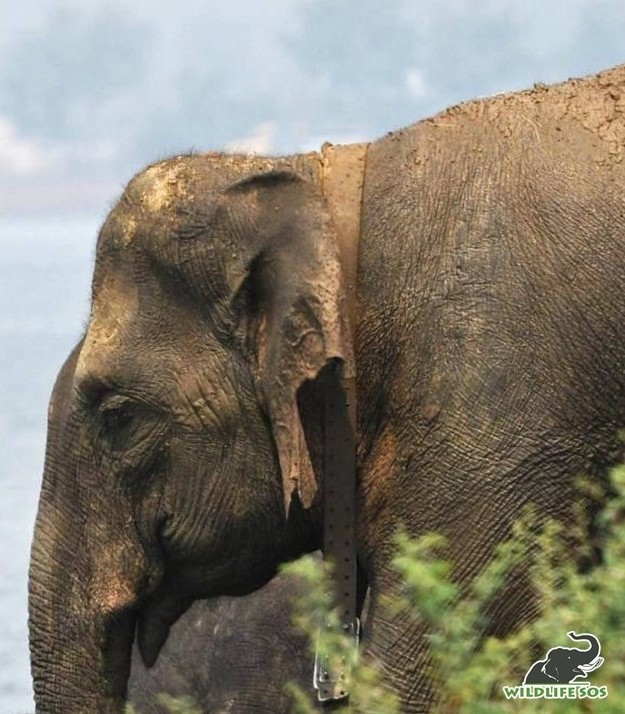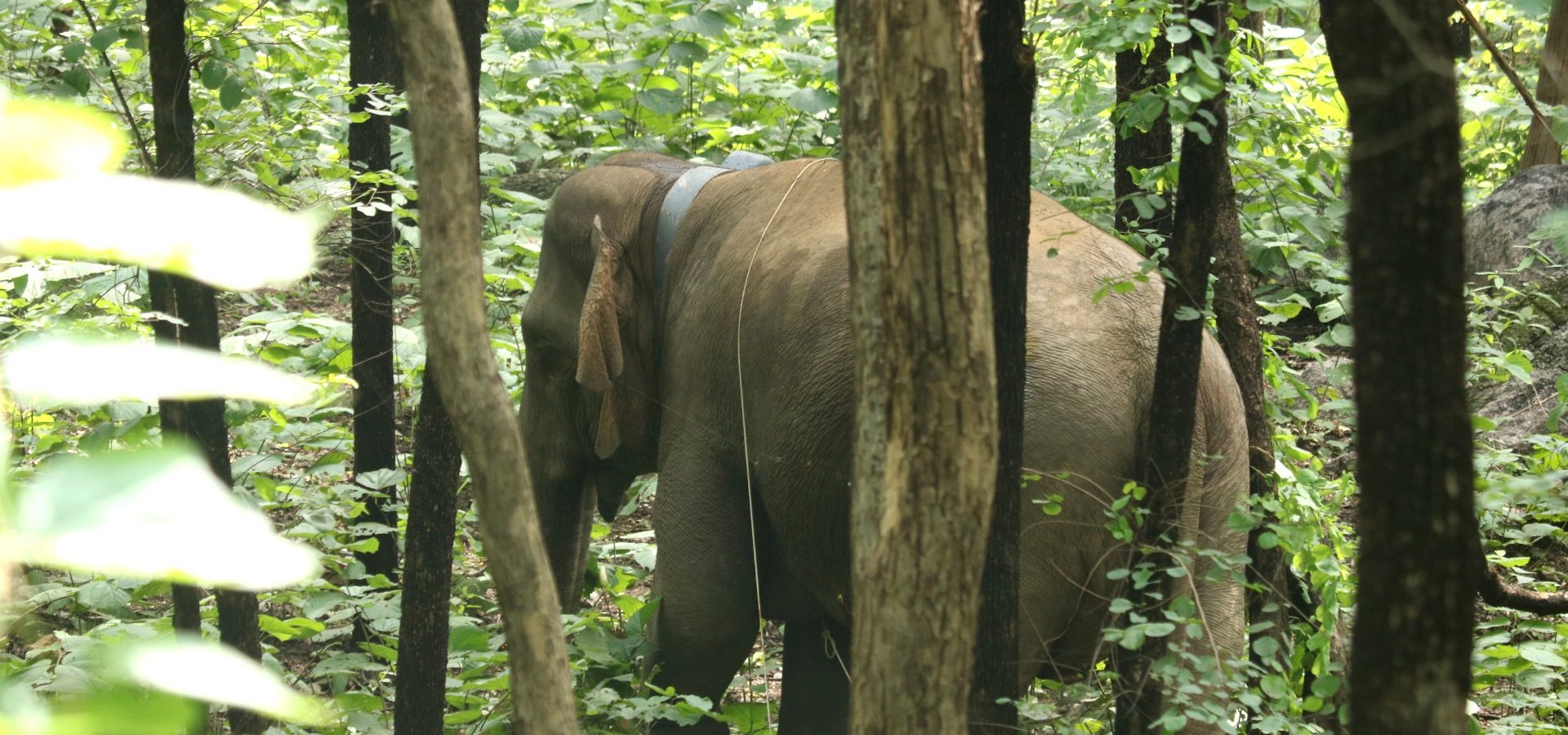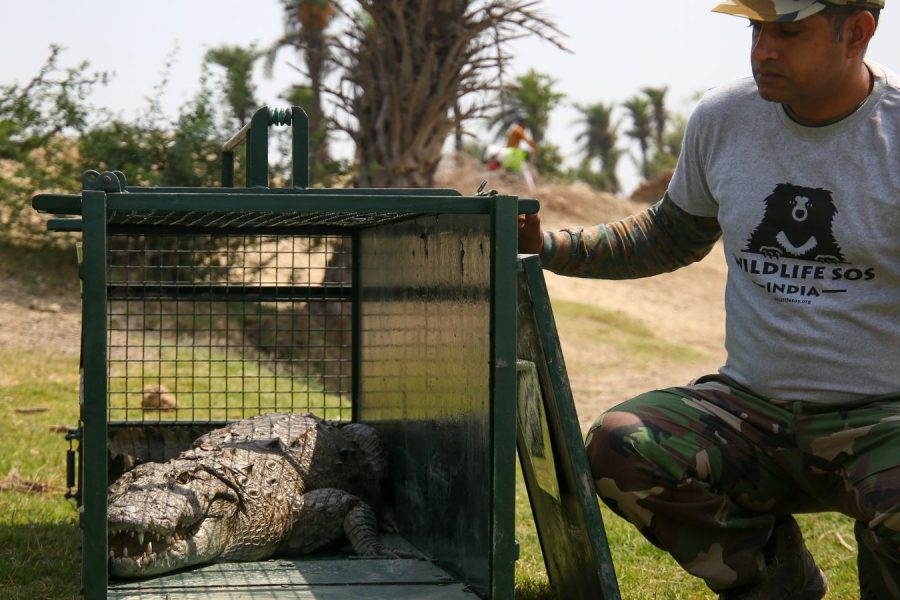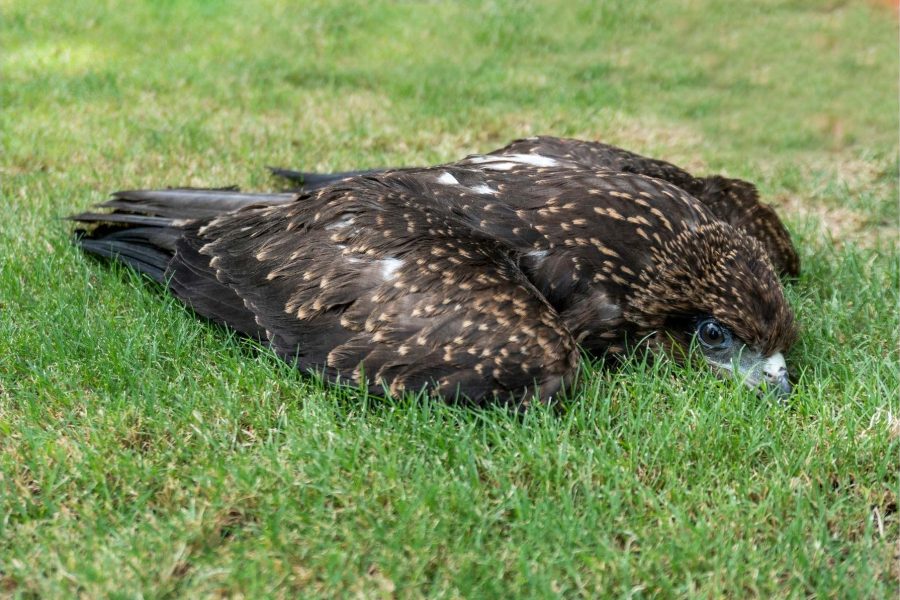In the area of conservation, the most important aspect becomes the recognition of co-existence, but when a farmer wakes up to his crops raided by a herd of hungry elephants who are merely fending for themselves, it becomes very difficult to instill a feeling of co-existence. Over two years ago, news came from Central India about a herd of wild elephants that were in the habit of regular crop raiding, property damage and even human casualties and the condition was getting worse with local communities living with fear. In Mahasamund, a small city nestled between thick forests and grappling with urbanisation, these elephants and the villagers were finding it increasingly hard to reach a common ground of harmonious co-existence.

The Chhattisgarh Forest Department acted swiftly with the intensifying cases of conflict that were being reported in the area and reached out to Wildlife SOS for technical assistance and guidance on human-elephant conflict mitigation. A series of discussions followed by understanding what would be in the best interest of the local communities to address this situation of conflict. It was decided that an extremely unique and one-of-its-kind approach, something that never has happened in the area of conflict mitigation will be followed – radio-collaring of the matriarch of the herd!

As most of us are aware, elephant families are headed by a matriarch who leads the herd in a constant quest of survival. Our team of expert veterinarians and field biologists understood that the movement of the herd could only be understood, if we are able to predict and understand the movement of the matriarch. Thus, started the mammoth task of installing a GPS radio-collar on the matriarch of the herd to track their movements and establish a mechanism that would effectively mitigate conflict.

In the two years of successful radio-collaring, Wildlife SOS and the Chhattisgarh Forest Department have reached a common consensus that this approach may just be considered the most effective for conflict mitigation. The radio-collar allows the team to understand the accurate location of the matriarch (who we call Van Devi, “the Goddess of the Forest”) and her herd of 21 individuals consisting of 5 elephant calves, 4 sub-adult females and 8 adult females along with 4 tusker elephants out of which two are solitary in nature and remain away from the herd.

While most of us may think that radio-collaring an elephant solves half of the problem, it is actually just the first step on a plethora of crucial data that is collected. The GPS radio-collar generates signals every four hours and gives the team the exact location of the herd, after which it becomes easy to understand the path that the herd will follow. Wildlife SOS and the Chhattisgarh Forest Department have four different WhatsApp groups that consist of Wildlife SOS team members, forest department officials, village headmen as well as local volunteers. With the help of the Early Warning Alert System (EWAS) established, an Elephant Report is generated which has the details of the range of the forest, the villages that the herd will be passing from, the number of elephants spotted, where exactly has the herd stopped or is resting and details on any crop damage, property damage or human casualty that they have caused. The officials and the local volunteers, then, issue the alert and are advised on how to not agitate the herd or disrupt their passing in any way.
The alerts are regularly raised through WhatsApp messages, local broadcasting on daily basis to the villages from where the herd is expected to pass from, using public addressing system (PAS) by the Rapid Response Unit on the elephant movement and the active community participation by our initiative of Hathi Mitra Dal (Friends of Elephant).

The Hathi Mitra Dal invites participation of community members who have the responsibility of ensuring that when the alert of the elephant movement is raised, each and every member of the village is aware of this and take necessary precautions to not come in direct interaction with the herd. In the last two years, approximately 1500 participants have been actively assisting Wildlife SOS and The Forest Department in coordination for raising alerts and conducting workshops!
Wildlife SOS also regularly conducts capacity building workshops with the local communities to educate them on elephant behaviour, their movement patterns, their ecology and most importantly, to encourage co-existence. Even during the nation wide lockdown which was imposed to curb the spread of the COVID19 pandemic the field team at Chhattisgarh was in touch with the villagers through WhatsApp messages and phone calls. As people learned more about the elephant herd and their behavioural pattern, there was a significant change that was observed in their attitude and a lot of active participation was seen, across all age groups.
This project had enabled us to gain extensive insight on elephant herd behaviour and movement pattern. Keeping in mind Van Devi’s herd, we learned that the herd is more active during night time as compared to the day which is why the Forest Department advises that the village members avoid wandering outside after hours. The herd avoids movement during the peak hours of the day from 11:00 am to 3:30 pm and the nursing elephants will be spotted resting under shades with their calves.

The Early Warning Alert System (EWAS) raises an alert every four hours with an average of at least two messages with the exact location of the herd on the associated WhatsApp groups when the herd is passing or is approaching a village. In a span of two years, over 3000 alerts have been raised, thus, substantiating that serious situations of conflict have been averted and avoided. While the local community still grapples with co-existing with the wild herd, gradually people are understanding that this is just as much as the elephant’s land as it is their own. With grievance redressal system in place and an effective manner of crop compensation available, the local communities feel content knowing that their concerns are being addressed. As for the elephant herd, there has been a significant drop in human casualties since the radio-collaring initiative.

The elephant herd is presently in Gariyaband forest range of Chhattisgarh, and there have been reports of a new herd that has entered the state of Chhattisgarh from Odisha. Owing to the COVID19 lockdown, the next phase of radio-collaring has temporarily been suspended but we are expecting to radio-collar the matriarch of the new herd from Odisha. It is expected to be carried out by the end of this year or in the early part of the next year.
Human-elephant conflict mitigation is, indeed, a volatile ground and extensive research, as well as efforts have been made to allow significant progress to be undertaken to minimise conflict. The successful radio-collaring, tracking and establishing of EWAS along with encouraging community participation in conservation has immensely helped in making progress in this area.
We are indebted to the Chhattisgarh Forest Department for the round-the-clock support and guidance in being able to conduct the exercise successfully! We owe a great debt of gratitude to The Elephant Sanctuary in Tennessee for their undeterred support for the radio-collaring project. Their encouragement of the project has enabled us to continue moving forward!





